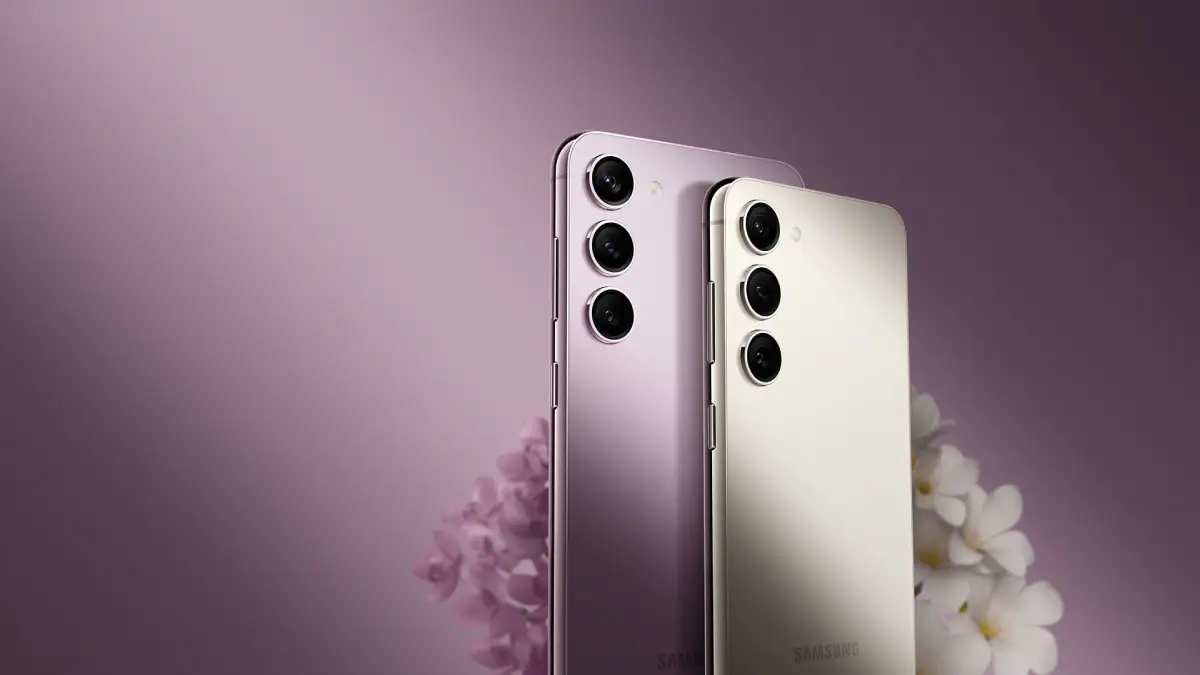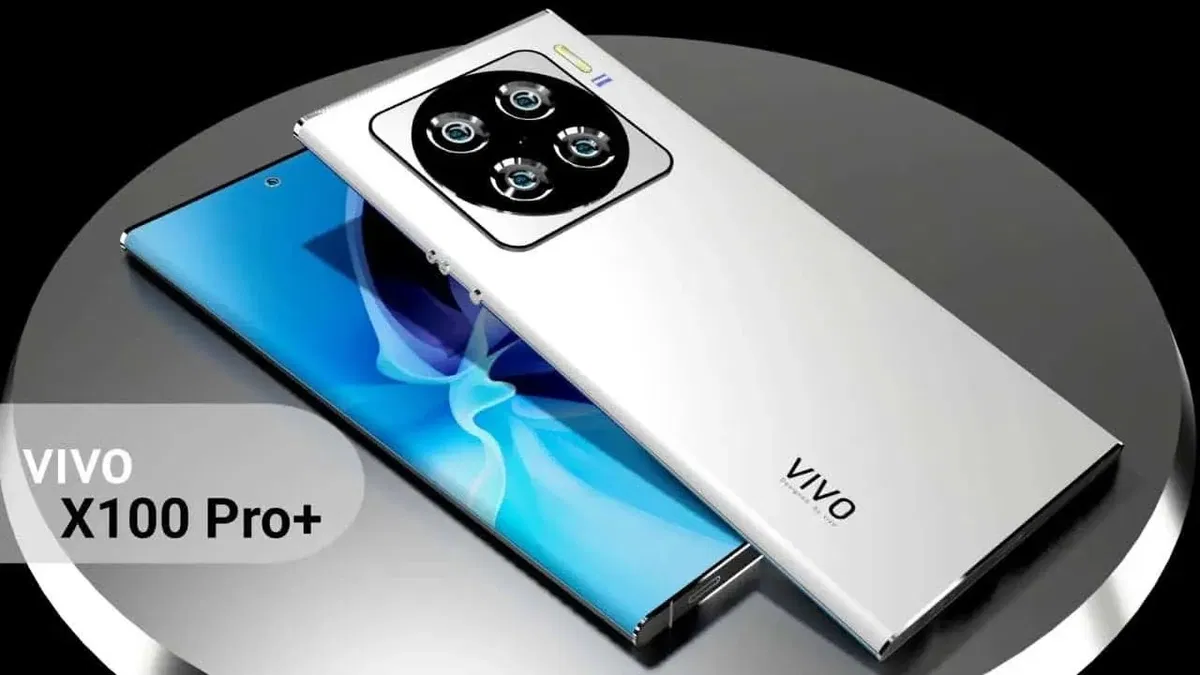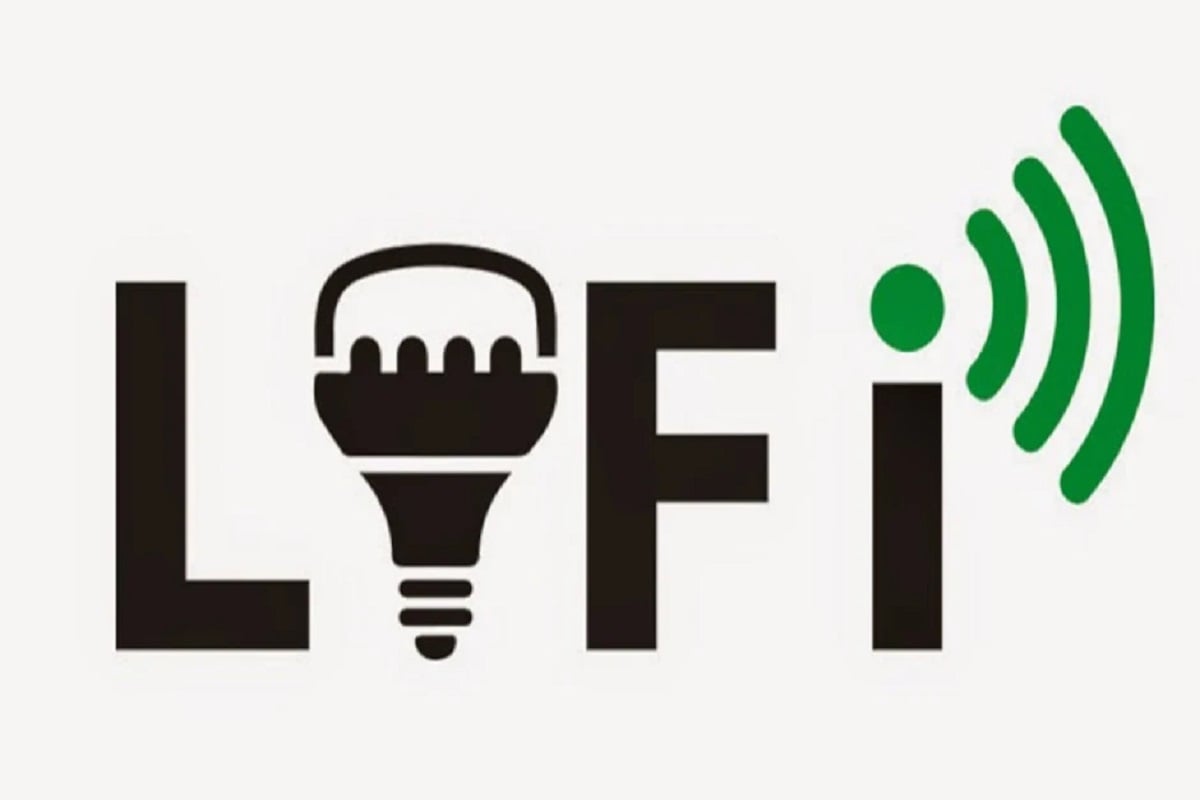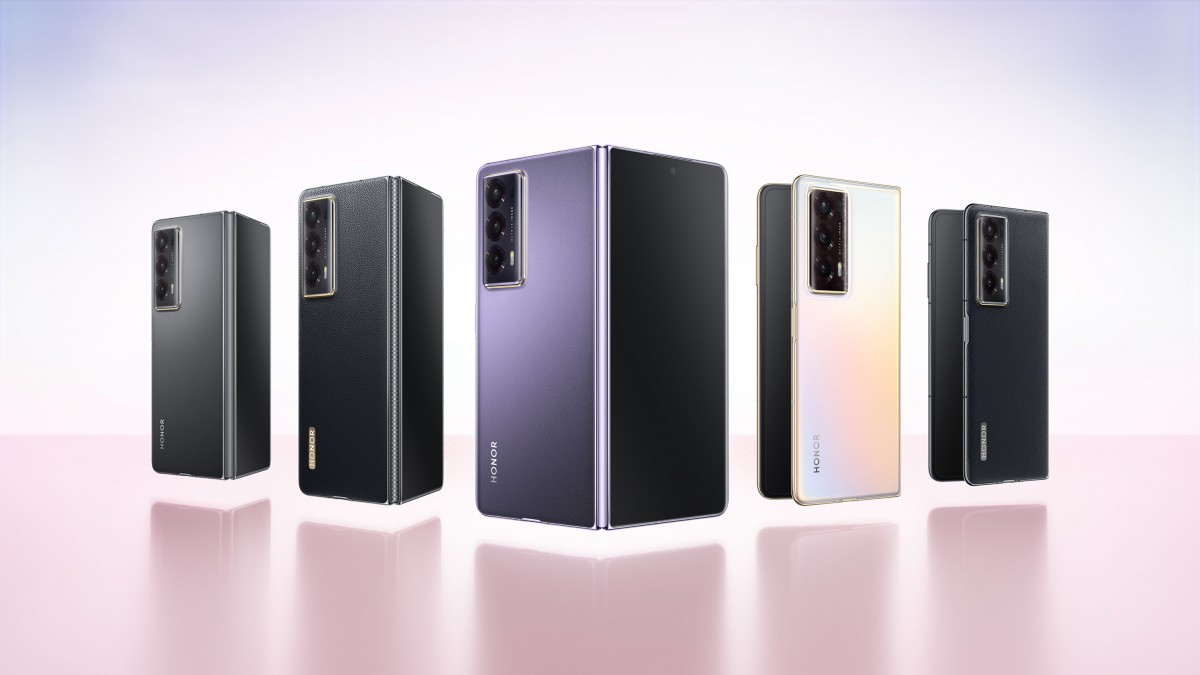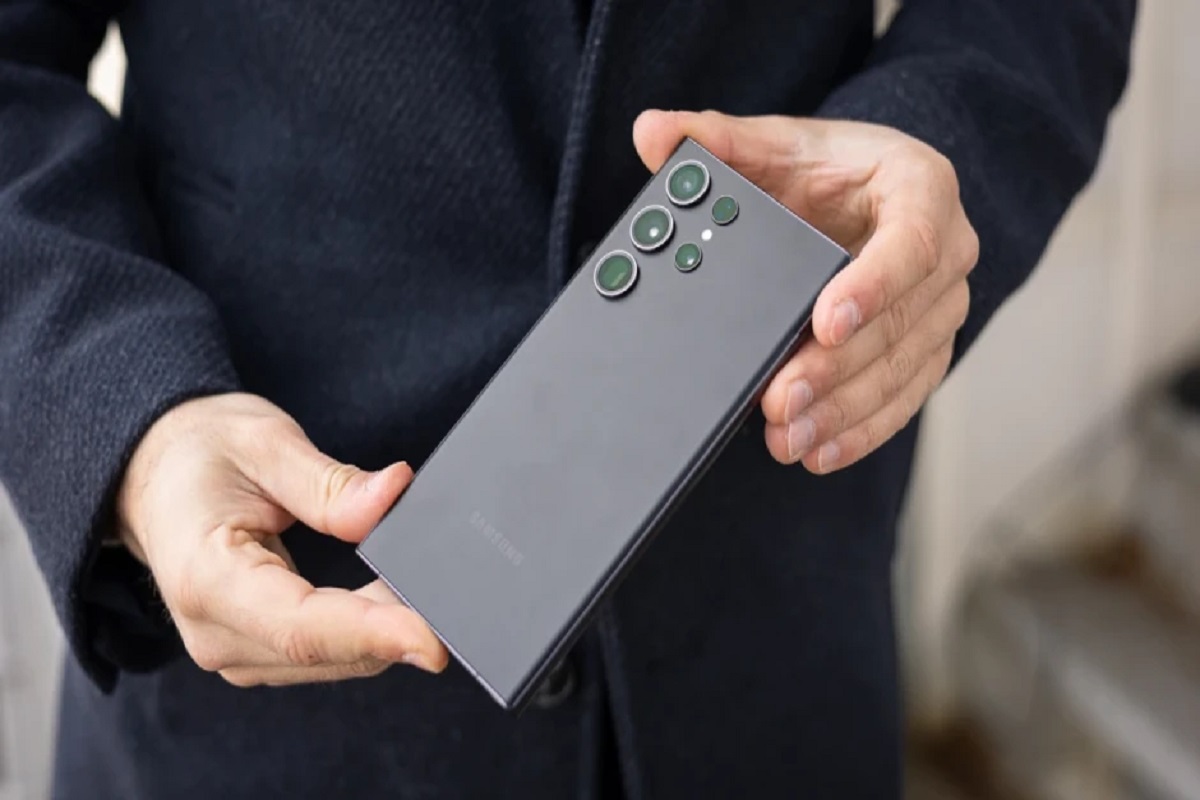The James Webb Space Telescope (JWST) has made an exciting discovery that could change our understanding of the early universe. It has found the most distant active supermassive black hole ever detected, located in a galaxy called CEERS 1019. This black hole existed about 570 million years after the Big Bang, and what makes it unique is that it is smaller than other black holes from that early period.

In addition to this remarkable finding, the JWST also detected two smaller black holes that existed around 1 billion years after the Big Bang. The telescope has also identified eleven galaxies from a time when the universe was between 470 million and 675 million years old. These discoveries were made possible through the Cosmic Evolution Early Release Science (CEERS) Survey, led by Steven Finkelstein from The University of Texas at Austin.
The team used the JWST’s high-resolution imagery and spectral data to analyze the black holes and galaxies. They were able to determine the emissions from the black holes and their host galaxies, estimate the rate at which the black holes were consuming gas, and measure the star-formation rate of the galaxies.
The galaxy containing the most distant black hole, CEERS 1019, appears as three bright clumps instead of a single circular disk. This unusual structure could be a result of a galaxy merger, which may have fueled the activity in the black hole and led to increased star formation.
The discovery of a relatively small black hole from the early universe raises intriguing questions about how it formed so rapidly after the Big Bang. Previous theories suggested the existence of smaller black holes during that time, but now there is solid evidence to support it.
The results of this study, published in The Astrophysical Journal Letters, are just the beginning of the CEERS Survey’s breakthroughs. The JWST’s powerful capabilities allow researchers to see and accurately measure black holes and galaxies at extreme distances. This opens up new possibilities for studying the formation and evolution of black holes in the early universe.
The CEERS Survey has also identified two more light-weight black holes in galaxies CEERS 2782 and CEERS 746, weighing about 10 million times the sun’s mass. These black holes were too faint to be detected by previous telescopes, highlighting the unique capabilities of the JWST.
Furthermore, the sensitivity of the JWST’s spectral analysis has enabled the precise measurement of distances and ages of galaxies in the early universe. The researchers identified 11 galaxies that existed between 470 million and 675 million years after the Big Bang. These galaxies are rapidly forming stars but have not yet developed the same chemical complexity as closer galaxies.
The findings from the CEERS Survey challenge existing theories and could significantly contribute to our understanding of black hole formation and the evolution of galaxies throughout cosmic history. The JWST, as an international program led by NASA in collaboration with the European Space Agency (ESA) and the Canadian Space Agency, holds tremendous potential for further discoveries.
The CEERS Survey data, published in a special edition of The Astrophysical Journal Letters, provides a wealth of information for future research. Scientists will continue to study these distant objects and analyze the detailed spectra captured by the JWST, which could lead to even more groundbreaking insights into the early universe and the processes that shaped it.


